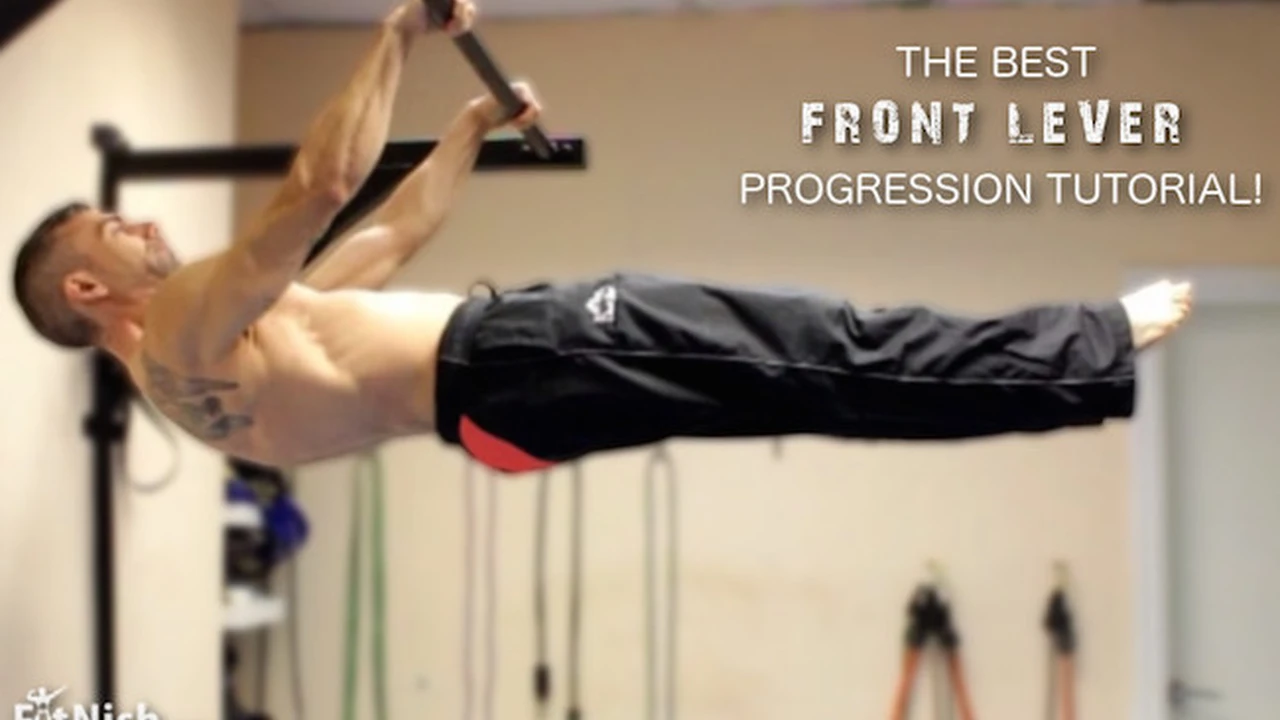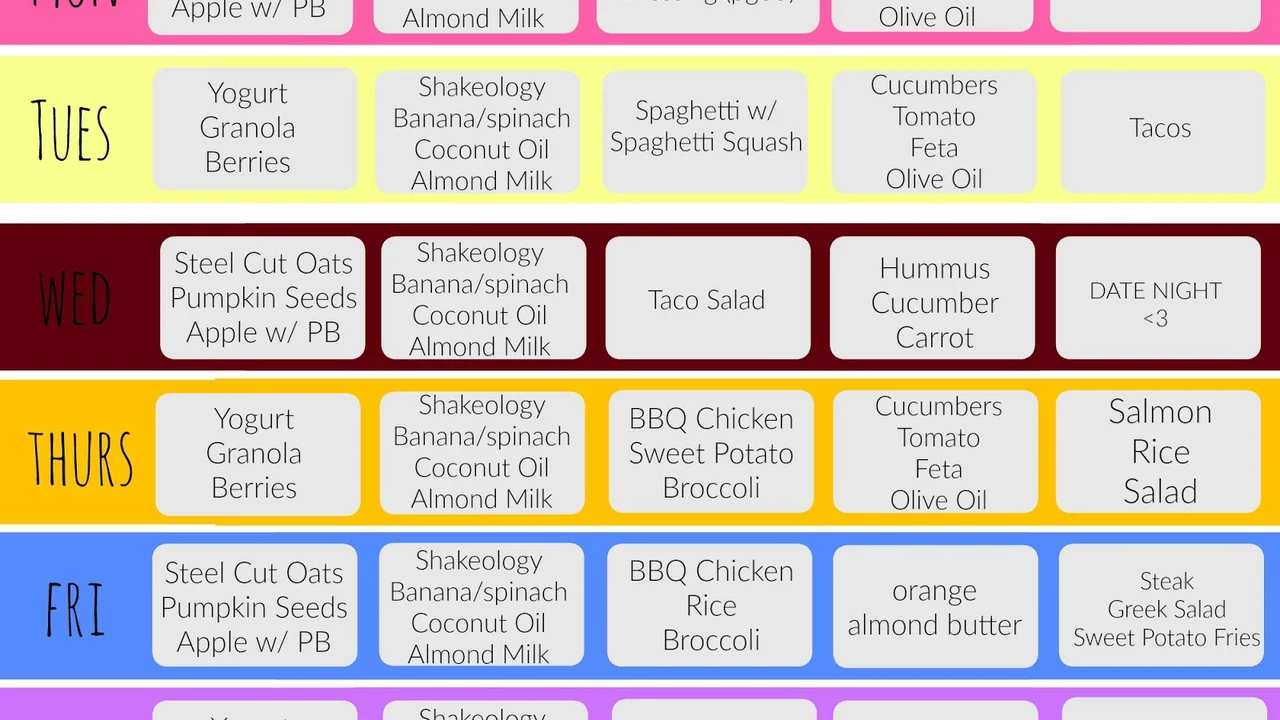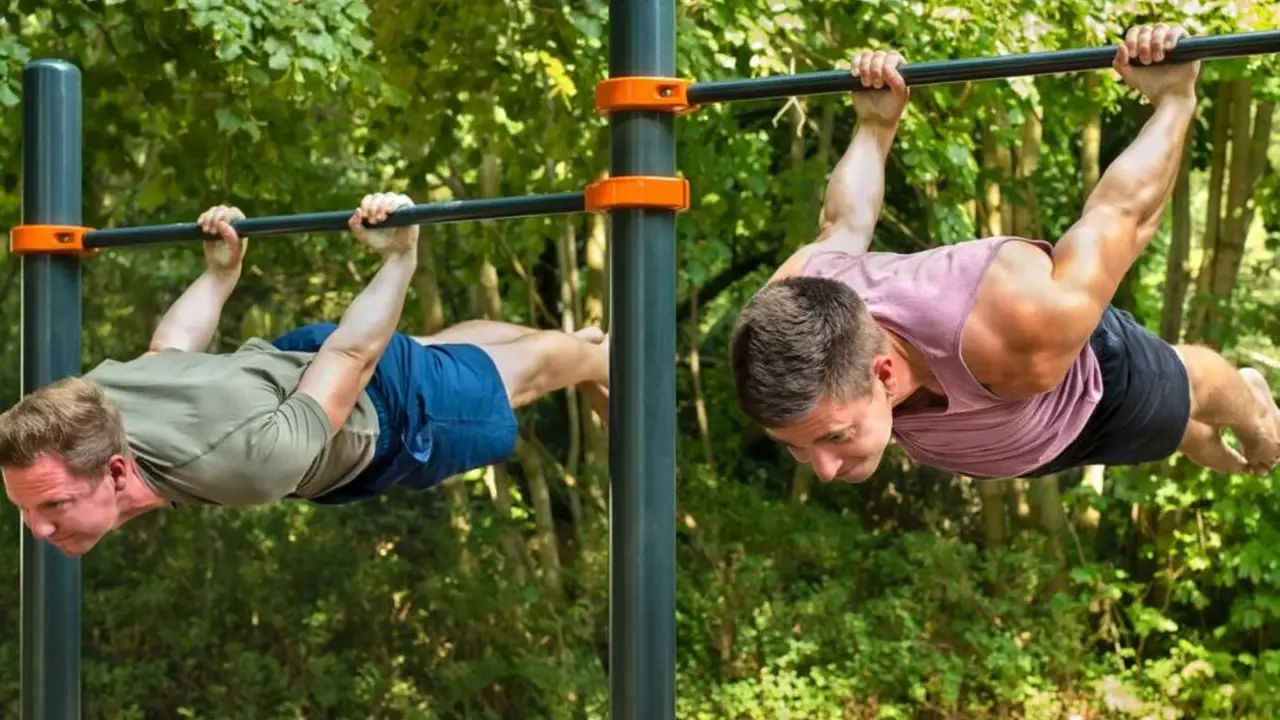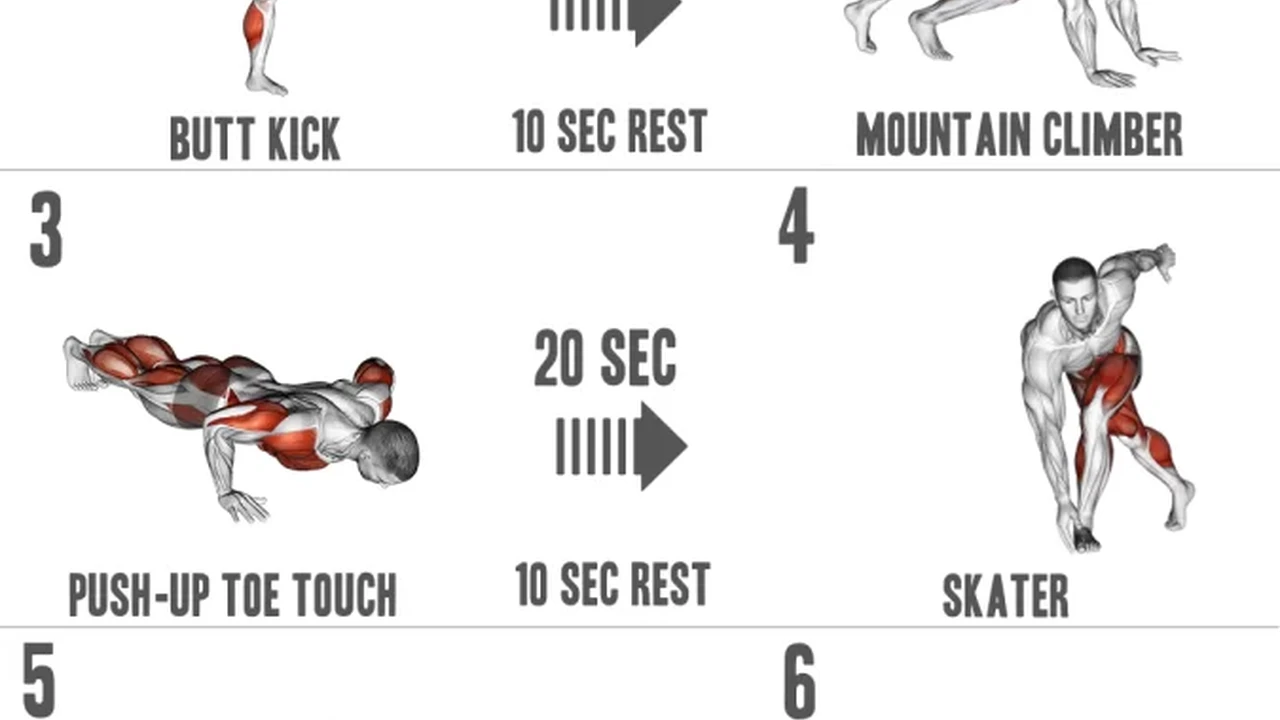Intermediate Street Workout Program_ Strength and Skills
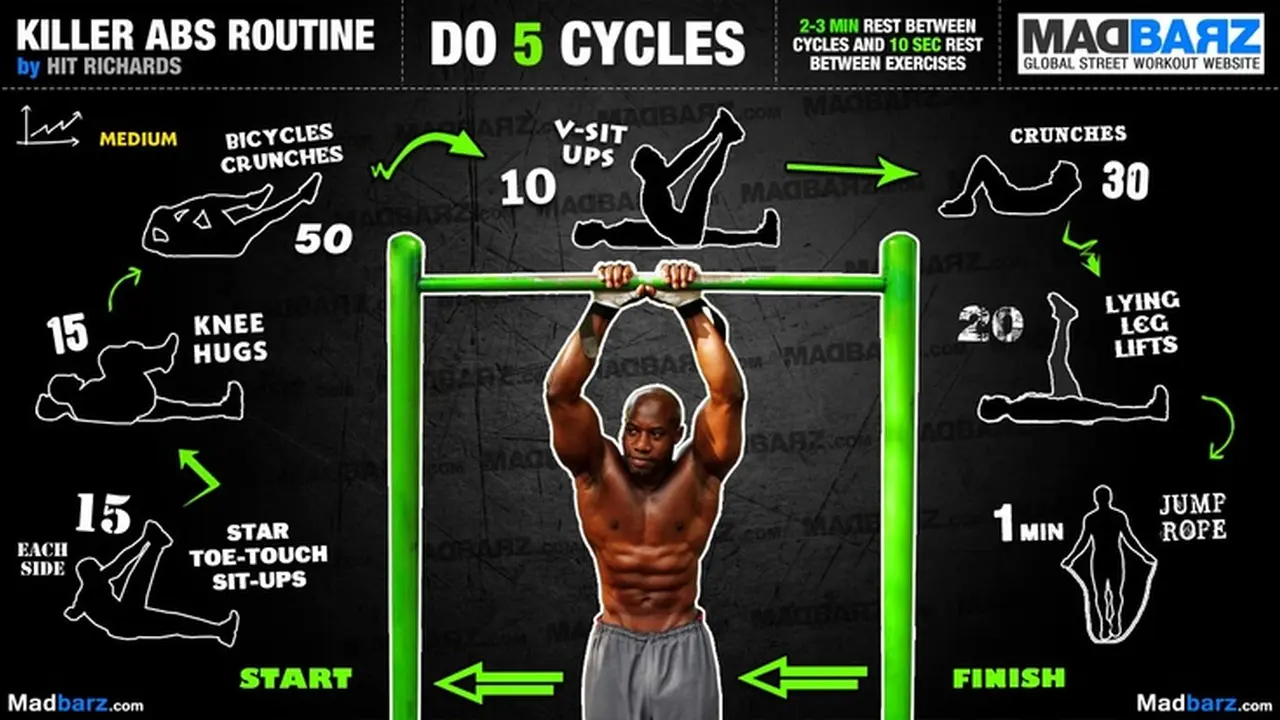
Understanding the Principles of Effective Street Workout Program Design
So you're looking to design an effective street workout program? That's fantastic! Street workouts are an amazing way to build strength, improve your fitness, and connect with a community. But just jumping into random exercises won't cut it. A well-designed program is crucial for seeing real progress and avoiding injuries. Let's dive into the core principles that underpin effective street workout program design.
Progressive Overload: The Cornerstone of Strength Gains
Progressive overload is arguably the most important principle. Simply put, it means gradually increasing the demands on your body over time. This forces your muscles to adapt and grow stronger. How do you apply this to street workouts? There are several ways:
- Increasing Repetitions: This is the most straightforward method. If you can do 8 pull-ups comfortably, aim for 9 or 10 in your next workout.
- Adding Sets: Instead of doing 3 sets of push-ups, try 4 or 5.
- Improving Exercise Difficulty: This is where street workouts shine. Progress from standard push-ups to incline push-ups, then to decline push-ups, and eventually to one-arm push-ups. For pull-ups, you can progress from assisted pull-ups to regular pull-ups, then to archer pull-ups, and finally to muscle-ups.
- Increasing Training Frequency: Train the same muscle group more often, but be mindful of recovery.
- Decreasing Rest Time: Reduce the rest between sets, making the workout more challenging and improving your cardiovascular fitness.
The key is to make small, consistent adjustments. Don't try to do too much too soon, or you'll risk injury. Listen to your body and adjust the program accordingly.
Specificity: Training for Your Goals
What are you trying to achieve with your street workout program? Are you aiming for raw strength, improved endurance, better skills (like levers and planches), or a combination of these? The principle of specificity dictates that you should train in a way that directly supports your goals.
- Strength Training: Focus on lower repetitions (5-8) with more challenging exercises. Think about adding weight to your exercises using a weighted vest or dip belt.
- Endurance Training: Aim for higher repetitions (12-15 or more) with bodyweight exercises. Focus on minimizing rest between sets.
- Skill Training: Dedicate specific sessions to practicing the skills you want to learn. Break down the movements into smaller, manageable steps and focus on proper form.
For example, if your goal is to learn the front lever, you should incorporate exercises that directly target the muscles involved in the front lever, such as tuck front lever raises, advanced tuck front lever holds, and straight-arm lat pulldowns.
Variety: Keeping Your Body Guessing and Preventing Plateaus
Doing the same exercises week after week can lead to plateaus. Your body adapts to the stimulus, and you stop seeing progress. Introducing variety into your program can help prevent this.
- Exercise Selection: Rotate exercises regularly. Instead of always doing standard push-ups, try diamond push-ups, wide-grip push-ups, or plyometric push-ups.
- Rep Range Variation: Incorporate different rep ranges into your program. Some days focus on low reps for strength, while others focus on high reps for endurance.
- Set Structure: Experiment with different set structures, such as pyramids, drop sets, or supersets.
Variety also helps to prevent boredom and keep you motivated. Street workouts offer endless possibilities for exercise variations, so get creative and have fun!
Rest and Recovery: Essential for Muscle Growth and Injury Prevention
Training is only half the battle. Your muscles need time to recover and rebuild after a workout. Neglecting rest and recovery can lead to overtraining, injury, and stalled progress.
- Adequate Sleep: Aim for 7-9 hours of quality sleep per night.
- Proper Nutrition: Fuel your body with a balanced diet that includes plenty of protein, carbohydrates, and healthy fats.
- Active Recovery: Incorporate light activities like walking, stretching, or yoga into your rest days.
- Listen to Your Body: Don't push yourself too hard if you're feeling fatigued or sore. Take extra rest days when needed.
Consider using recovery tools like foam rollers or massage balls to help alleviate muscle soreness and improve circulation.
Designing a Beginner Street Workout Program for Strength and Fundamentals
So, you're new to street workouts? Welcome! This beginner program focuses on building a solid foundation of strength and mastering fundamental movements. Remember to prioritize proper form over the number of repetitions.
Warm-up (5-10 minutes)
Before each workout, perform a dynamic warm-up to prepare your muscles and joints for exercise.
- Arm circles (forward and backward)
- Leg swings (forward and sideways)
- Torso twists
- Jumping jacks
- High knees
- Butt kicks
Workout (3-4 times per week)
Perform each exercise for the prescribed number of sets and repetitions. Rest for 60-90 seconds between sets.
- Push-ups: 3 sets of as many repetitions as possible (AMRAP). If you can't do regular push-ups, start with incline push-ups (hands on a bench or wall).
- Inverted Rows: 3 sets of AMRAP. Use a sturdy bar or table. If it's too easy, elevate your feet.
- Squats: 3 sets of 12-15 repetitions. Focus on maintaining proper form and keeping your core engaged.
- Plank: 3 sets, holding for 30-60 seconds. Focus on maintaining a straight line from head to heels.
- Pull-ups (Assisted if needed): 3 sets of AMRAP. Use an assisted pull-up machine, resistance band, or a partner to help you. If you can do regular pull-ups, do them!
Cool-down (5-10 minutes)
After each workout, perform static stretches to improve flexibility and reduce muscle soreness.
- Hold each stretch for 30 seconds.
- Hamstring stretch
- Quadriceps stretch
- Calf stretch
- Chest stretch
- Shoulder stretch
- Triceps stretch
Crafting an Advanced Street Workout Program for Muscle Ups and Advanced Calisthenics
Ready to take your street workout game to the next level? This advanced program focuses on building the strength and skills required for muscle-ups and other advanced calisthenics movements. This program assumes a solid foundation of strength and body control.
Warm-up (5-10 minutes)
A more intense warm-up is required for advanced workouts.
- Dynamic stretching (as above)
- Scapular retractions and protractions
- Band pull-aparts
- Light cardio (jumping rope, jogging)
Workout (3-4 times per week)
This program includes more complex exercises and variations. Rest for 90-120 seconds between sets.
- Muscle-up Progression:
- Explosive Pull-ups: 3 sets of 5-8 repetitions
- Transition Work (False Grip Pull-ups): 3 sets of 3-5 repetitions
- Dips: 3 sets of 8-12 repetitions
- Muscle-up Attempts: 3 sets of as many as possible (AMRAP)
- Handstand Push-ups (Against a Wall or Freestanding): 3 sets of 5-8 repetitions. If you can't do full handstand push-ups, start with pike push-ups or elevated pike push-ups.
- Front Lever Progression:
- Tuck Front Lever Holds: 3 sets, holding for as long as possible (AMAP)
- Advanced Tuck Front Lever Holds: 3 sets, holding for AMAP
- One-Leg Front Lever Holds: 3 sets, holding for AMAP
- Planche Progression:
- Pseudo Planche Push-ups: 3 sets of 5-8 repetitions
- Tuck Planche Holds: 3 sets, holding for AMAP
- Advanced Tuck Planche Holds: 3 sets, holding for AMAP
- Pistol Squats: 3 sets of 5-8 repetitions per leg. If you can't do pistol squats, start with assisted pistol squats or box pistol squats.
Cool-down (5-10 minutes)
Focus on deep stretching and mobility work.
- Hold each stretch for 30-60 seconds.
- Hamstring stretch (seated and standing)
- Hip flexor stretch
- Shoulder mobility exercises (using a band or stick)
- Wrist stretches
The Role of Equipment in Street Workout Programs and Product Recommendations
While street workouts are primarily bodyweight-based, certain pieces of equipment can enhance your training and help you reach your goals faster. Here's a look at some useful equipment and specific product recommendations.
Pull-up Bars: The Foundation of Upper Body Strength
A sturdy pull-up bar is essential for any serious street workout enthusiast. You can find them in parks, gyms, or even install one at home.
- Product Recommendation: Ultimate Body Press Doorway Pull-Up Bar
- Use Case: Perfect for home workouts, easy to install and remove, and supports a variety of exercises.
- Pricing: Approximately $30-$50
- Details: This bar uses leverage to hold itself in place, so no screws are required. It's adjustable to fit most doorways and can support up to 300 pounds.
Resistance Bands: Versatile Tools for Assistance and Progression
Resistance bands are incredibly versatile and can be used for a variety of purposes, including assisted pull-ups, stretching, and adding resistance to bodyweight exercises.
- Product Recommendation: Serious Steel Fitness Resistance Bands
- Use Case: Assisting with pull-ups, adding resistance to squats and push-ups, and improving mobility.
- Pricing: $10-$30 per band (depending on resistance level)
- Details: These bands are made from high-quality latex and are available in a range of resistance levels. They are durable and long-lasting, making them a great investment for your street workout routine.
Weighted Vests: Increasing the Intensity of Bodyweight Exercises
A weighted vest is a great way to increase the intensity of bodyweight exercises like push-ups, pull-ups, and squats. It allows you to progressively overload your muscles and build strength more effectively.
- Product Recommendation: RUNFast/Max Adjustable Weighted Vest
- Use Case: Adding resistance to bodyweight exercises, increasing the challenge of calisthenics movements, and improving overall strength and endurance.
- Pricing: $50-$150 (depending on weight capacity)
- Details: This vest is adjustable, allowing you to gradually increase the weight as you get stronger. It's also comfortable to wear and doesn't restrict your movement.
Gymnastic Rings: Unlocking Advanced Calisthenics Skills
Gymnastic rings are an excellent tool for developing upper body strength, stability, and coordination. They are also essential for learning advanced calisthenics skills like muscle-ups, front levers, and planches.
- Product Recommendation: Titan Fitness Wood Gymnastic Rings
- Use Case: Developing upper body strength and stability, learning advanced calisthenics skills, and improving overall body control.
- Pricing: $50-$80
- Details: These rings are made from high-quality wood and come with adjustable straps. They are durable and provide a comfortable grip, making them ideal for serious calisthenics training.
Parallettes: Enhancing Push-up Variations and Core Strength
Parallettes are small, portable bars that can be used to enhance push-up variations, develop core strength, and improve wrist mobility.
- Product Recommendation: Lebert Fitness Equalizer Bars
- Use Case: Performing deeper push-ups, developing core strength through L-sits and handstand progressions, and improving wrist mobility.
- Pricing: $80-$120
- Details: These bars are lightweight and durable, making them easy to transport and use anywhere. They provide a stable base for a variety of exercises and can help you progress to more advanced movements.
Product Comparison: Choosing the Right Equipment for Your Street Workout Needs
With so many options available, it can be challenging to choose the right equipment for your street workout needs. Here's a comparison of some popular products to help you make an informed decision.
Pull-up Bars: Doorway vs. Wall-Mounted vs. Freestanding
Doorway pull-up bars are convenient and affordable, but they may not be suitable for everyone. Wall-mounted pull-up bars are more stable and can support more weight, but they require permanent installation. Freestanding pull-up bars are the most versatile option, but they are also the most expensive.
| Feature | Doorway Pull-up Bar | Wall-Mounted Pull-up Bar | Freestanding Pull-up Bar | |--------------------|-----------------------|---------------------------|--------------------------| | Convenience | High | Medium | Medium | | Stability | Medium | High | High | | Weight Capacity | Medium | High | High | | Installation | Easy | Difficult | Medium | | Price | Low | Medium | High |Resistance Bands: Latex vs. Fabric
Latex resistance bands are more durable and offer a wider range of resistance levels, but they can be prone to snapping if overstretched. Fabric resistance bands are more comfortable and less likely to snap, but they may not provide as much resistance.
| Feature | Latex Resistance Bands | Fabric Resistance Bands | |--------------------|------------------------|------------------------| | Durability | High | Medium | | Resistance Range | Wide | Limited | | Comfort | Low | High | | Risk of Snapping | High | Low |Weighted Vests: Adjustable vs. Fixed Weight
Adjustable weighted vests allow you to gradually increase the weight as you get stronger, but they can be more expensive than fixed-weight vests. Fixed-weight vests are more affordable, but they may not offer as much flexibility.
| Feature | Adjustable Weighted Vest | Fixed-Weight Vest | |--------------------|--------------------------|-------------------| | Flexibility | High | Low | | Price | High | Low | | Weight Increments | Variable | Fixed |Nutrition Strategies to Fuel Your Street Workout Program
Proper nutrition is just as important as training when it comes to achieving your street workout goals. Here's a look at some key nutritional strategies to help you fuel your workouts and recover effectively.
Protein: The Building Block of Muscle
Protein is essential for muscle growth and repair. Aim to consume 1.6-2.2 grams of protein per kilogram of body weight per day. Good sources of protein include lean meats, poultry, fish, eggs, dairy products, and plant-based protein sources like beans, lentils, and tofu.
Carbohydrates: Fueling Your Workouts
Carbohydrates are your body's primary source of energy. Choose complex carbohydrates like whole grains, fruits, and vegetables over simple carbohydrates like sugary drinks and processed foods. Aim to consume 3-5 grams of carbohydrates per kilogram of body weight per day, depending on your activity level.
Healthy Fats: Supporting Hormone Production and Overall Health
Healthy fats are important for hormone production, nutrient absorption, and overall health. Choose unsaturated fats like those found in avocados, nuts, seeds, and olive oil over saturated and trans fats.
Hydration: Staying Hydrated for Optimal Performance
Dehydration can significantly impair your performance and increase your risk of injury. Drink plenty of water throughout the day, especially before, during, and after your workouts.
Pre-Workout Nutrition: Fueling Your Body for Exercise
Consume a pre-workout meal or snack 1-2 hours before your workout to provide your body with the energy it needs to perform at its best. Choose a combination of carbohydrates and protein, such as a banana with peanut butter or a protein shake with oats.
Post-Workout Nutrition: Recovering and Rebuilding
Consume a post-workout meal or snack within 30-60 minutes after your workout to replenish your glycogen stores and promote muscle recovery. Choose a combination of carbohydrates and protein, such as a protein shake with fruit or a chicken breast with sweet potato.
Avoiding Common Mistakes in Street Workout Program Design
Designing an effective street workout program can be challenging. Here are some common mistakes to avoid.
Ignoring Progressive Overload
As mentioned earlier, progressive overload is crucial for seeing results. Don't get stuck doing the same exercises with the same repetitions week after week. Gradually increase the demands on your body to force it to adapt and grow stronger.
Neglecting Proper Form
Prioritize proper form over the number of repetitions. Using incorrect form can lead to injuries and hinder your progress. If you're unsure about the proper form for an exercise, watch videos or seek guidance from a qualified trainer.
Overtraining
Overtraining can lead to fatigue, injury, and stalled progress. Make sure you're getting enough rest and recovery between workouts. Listen to your body and take extra rest days when needed.
Ignoring Weaknesses
It's tempting to focus on the exercises you're good at, but it's important to address your weaknesses. Incorporate exercises that target your weak areas to improve your overall strength and balance.
Not Tracking Progress
Tracking your progress can help you stay motivated and identify areas where you need to make adjustments to your program. Keep a workout journal or use a fitness app to track your sets, repetitions, and weight.
Adapting Your Street Workout Program for Different Environments and Skill Levels
Street workouts are all about adaptability. You need to be able to adjust your program based on the available equipment, your skill level, and your environment.
Training in Limited Spaces
If you're training in a small space, focus on exercises that don't require a lot of room, such as push-ups, squats, and planks. You can also use resistance bands to add resistance to these exercises.
Training Without Equipment
If you don't have access to any equipment, focus on bodyweight exercises like push-ups, pull-ups (using a tree branch or sturdy bar), squats, lunges, and planks. Get creative and use your surroundings to your advantage.
Scaling Exercises for Different Skill Levels
If an exercise is too difficult, scale it down by using an easier variation. For example, if you can't do regular push-ups, start with incline push-ups. If an exercise is too easy, make it more challenging by using a harder variation or adding weight.
Incorporating Outdoor Elements
Take advantage of the outdoor environment by incorporating elements like hills, stairs, and benches into your workouts. These elements can add variety and challenge to your routine.
:max_bytes(150000):strip_icc()/277019-baked-pork-chops-with-cream-of-mushroom-soup-DDMFS-beauty-4x3-BG-7505-5762b731cf30447d9cbbbbbf387beafa.jpg)



